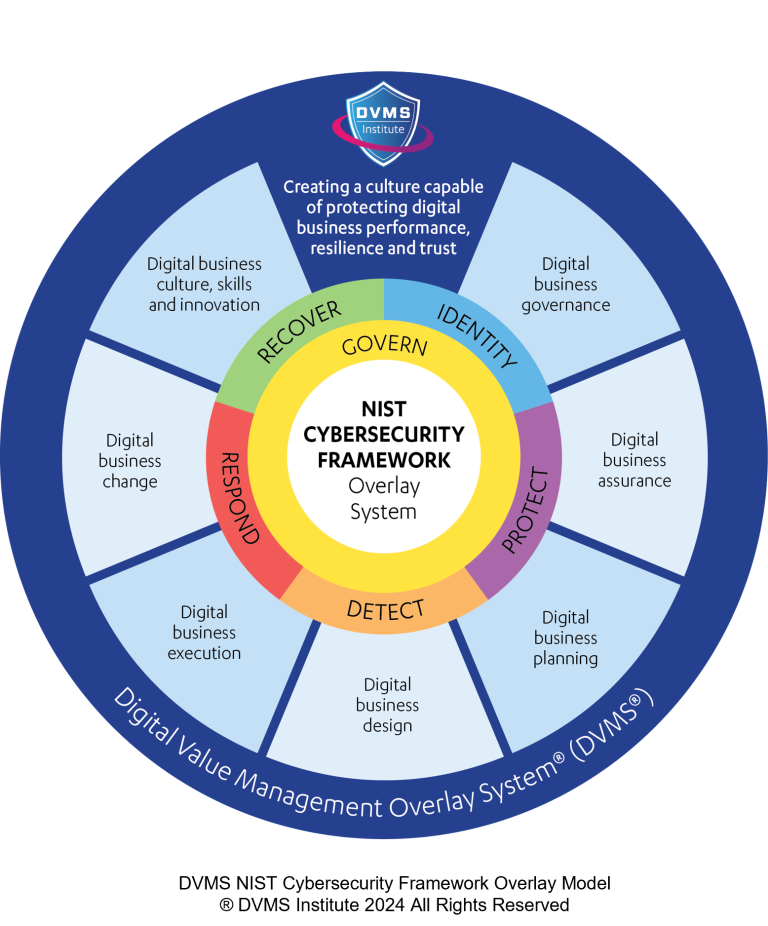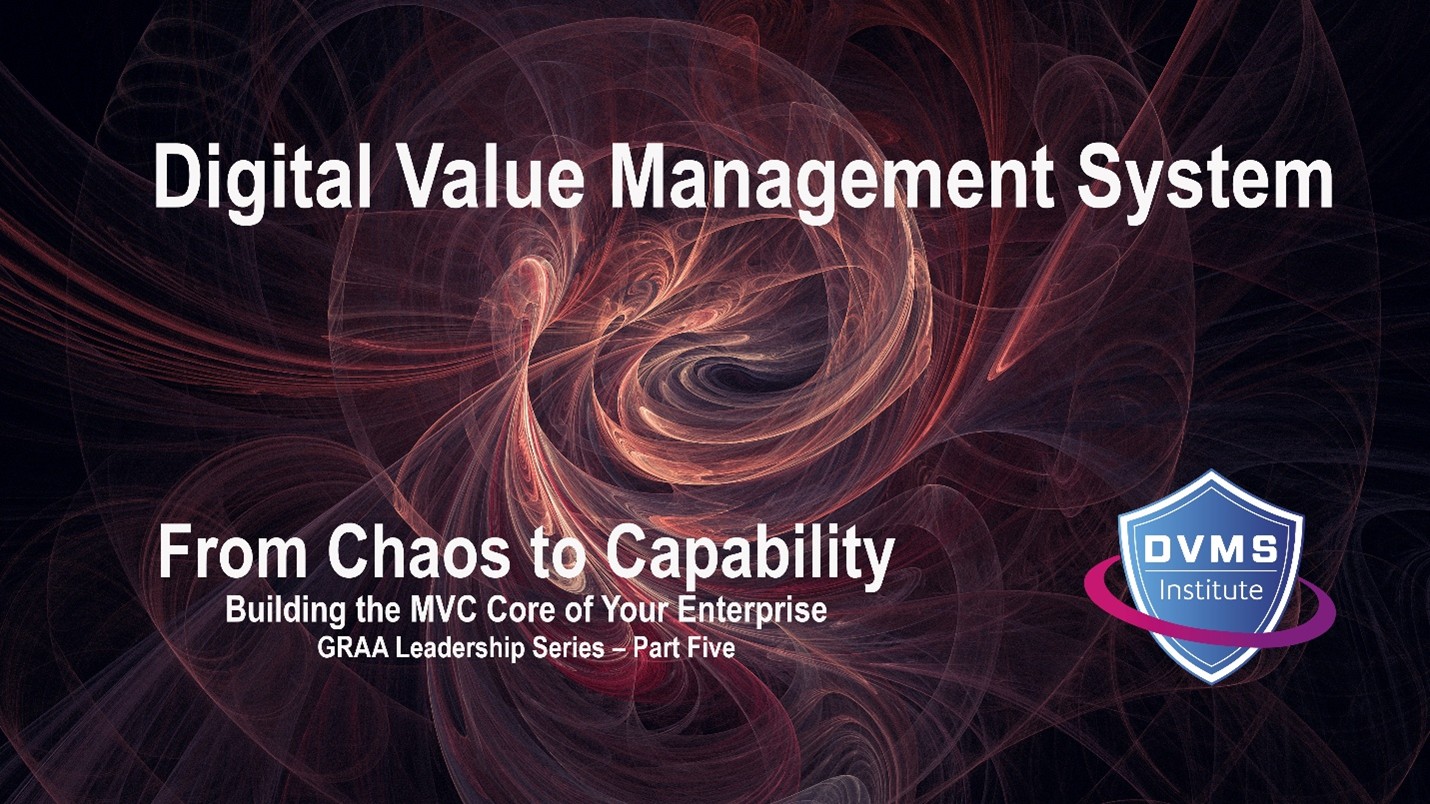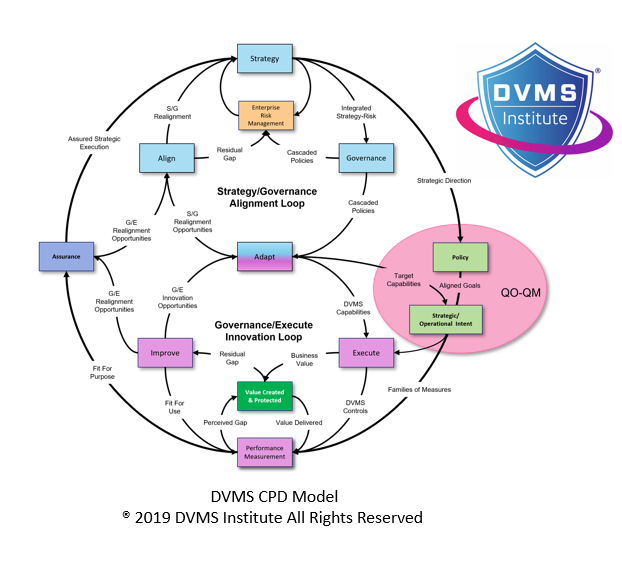Three Steps to Managing Cybersecurity Risk: A C-Level Perspective
Rick Lemieux – Co-Founder and Chief Product Officer of the DVMS Institute
The role of C-level executives in managing cybersecurity risk is paramount. Their strategic vision, decision-making authority, and influence are crucial in shaping an organizational security posture. While the technical intricacies of cybersecurity reside within specialized teams, it is the C-suite’s responsibility to provide the overarching direction, resources, and accountability necessary to mitigate risk effectively.
The first step in managing cybersecurity risk is to elevate it to a board-level priority. Cybersecurity must transcend its status as a mere IT concern and become integral to the organization’s overall business strategy. By placing cybersecurity on the board agenda, C-level executives signal its critical importance and ensure it receives the attention and resources it deserves. This elevation requires translating technical jargon into business impact. The board must understand the potential financial losses, reputational damage, operational disruptions, and legal liabilities associated with a cyberattack. Once cybersecurity is firmly established as a board-level concern, securing the necessary budget, talent, and authority to implement effective countermeasures becomes easier.
The second critical step is fostering a cybersecurity culture throughout the organization. A strong security culture is more than just policy compliance; it is a mindset that permeates every level of the company. C-level executives must lead by example, demonstrating a commitment to cybersecurity through their actions and decisions. This includes actively participating in cybersecurity training, staying informed about emerging threats, and holding employees accountable for protecting organizational assets. Also, clear and consistent communication is essential. Employees must understand the organizational cybersecurity goals, the potential consequences of security breaches, and their role in preventing them. By creating a culture where cybersecurity is everyone’s responsibility, organizations can significantly enhance their resilience against cyberattacks.
The third step involves implementing a robust risk management framework. This framework should comprehensively assess the organizational assets, vulnerabilities, and threats. Organizations can prioritize risk mitigation efforts by understanding the potential impact of various cyberattacks. A risk-based approach, like the NIST Cybersecurity Framework, allows for the effective allocation of resources, focusing on the most critical areas. Furthermore, regular risk assessments are essential to keep pace with the evolving threat landscape. C-level executives must ensure that the risk management framework is integrated into the overall organizational business strategy and regularly reviewed and updated. By adopting a proactive and risk-centric approach, organizations can improve their ability to detect, respond to, and recover from cyber incidents.
Managing cybersecurity risk is a complex challenge that requires a multifaceted approach. C-level executives are pivotal in driving cybersecurity initiatives by elevating the issue to the board level, fostering a strong security culture, and implementing a robust risk management framework. By taking these steps, organizations can significantly enhance their resilience against cyberattacks and protect their valuable assets.
It is important to note that while these three steps provide a solid foundation for managing cybersecurity risk, continuous improvement and adaptation are essential. The threat landscape is constantly evolving, and organizations must remain vigilant to stay ahead of cybercriminals.
About the Author

Rick Lemieux
Co-Founder and Chief Product Officer of the DVMS Institute
The DVMS Institute teaches organizations of any size, scale, or complexity an affordable approach to mitigating cyber risk to protect digital business performance, resilience, and trust.
Rick has 40+ years of passion and experience creating solutions to give organizations a competitive edge in their service markets. In 2015, Rick was identified as one of the top five IT Entrepreneurs in the State of Rhode Island by the TECH 10 awards for developing innovative training and mentoring solutions for boards, senior executives, and operational stakeholders.
® DVMS Institute 2024 All Rights Reserved




